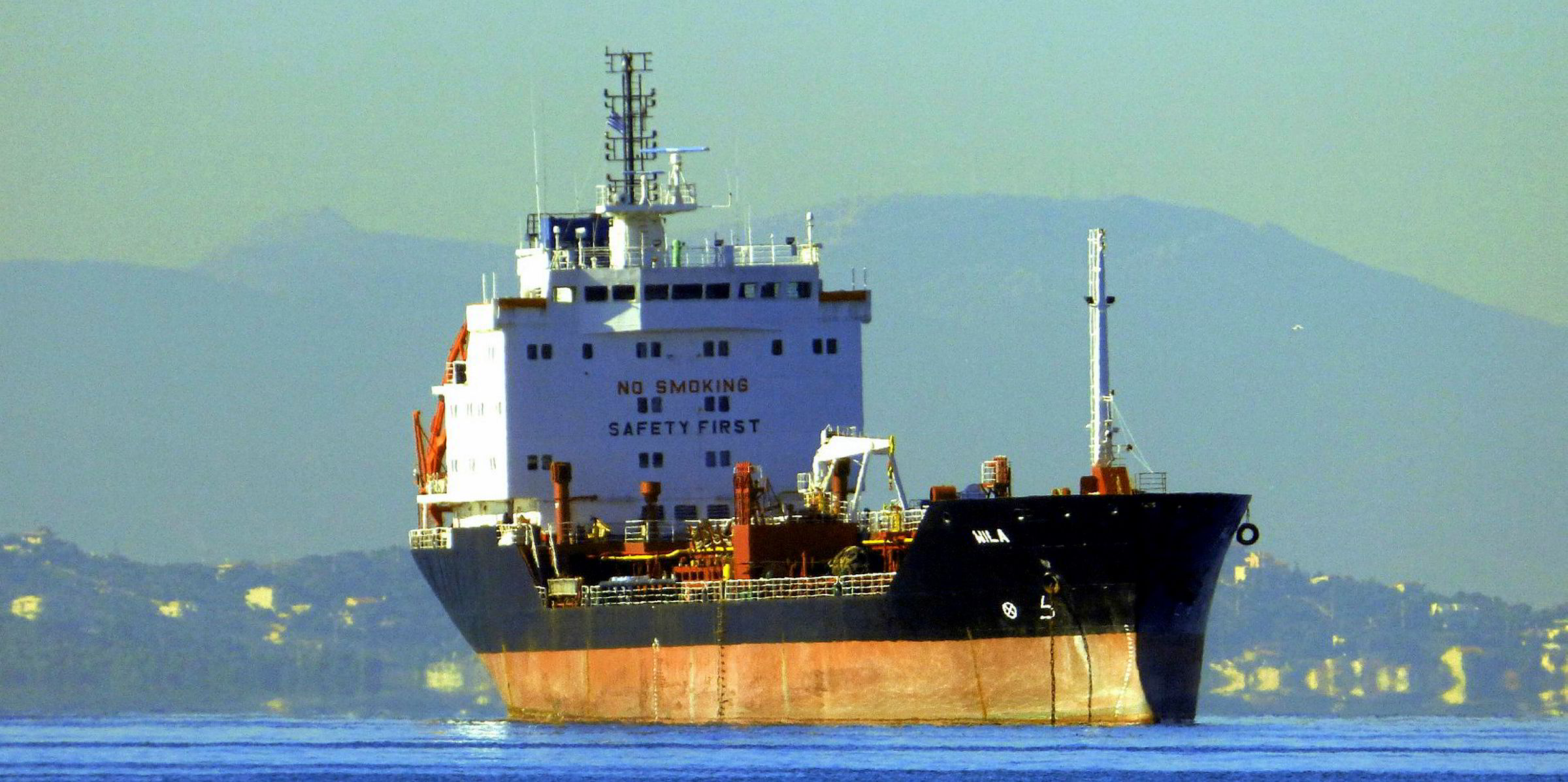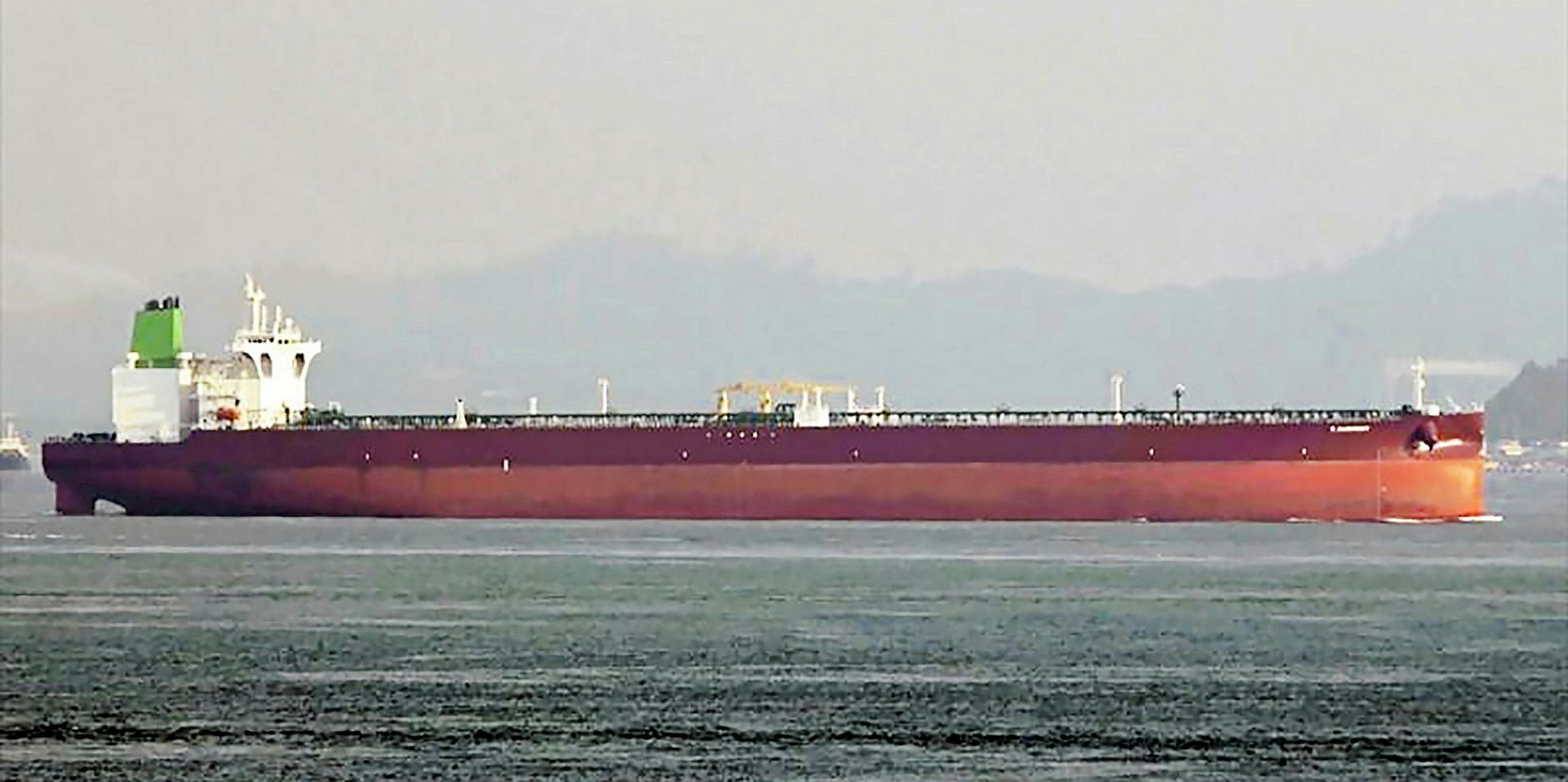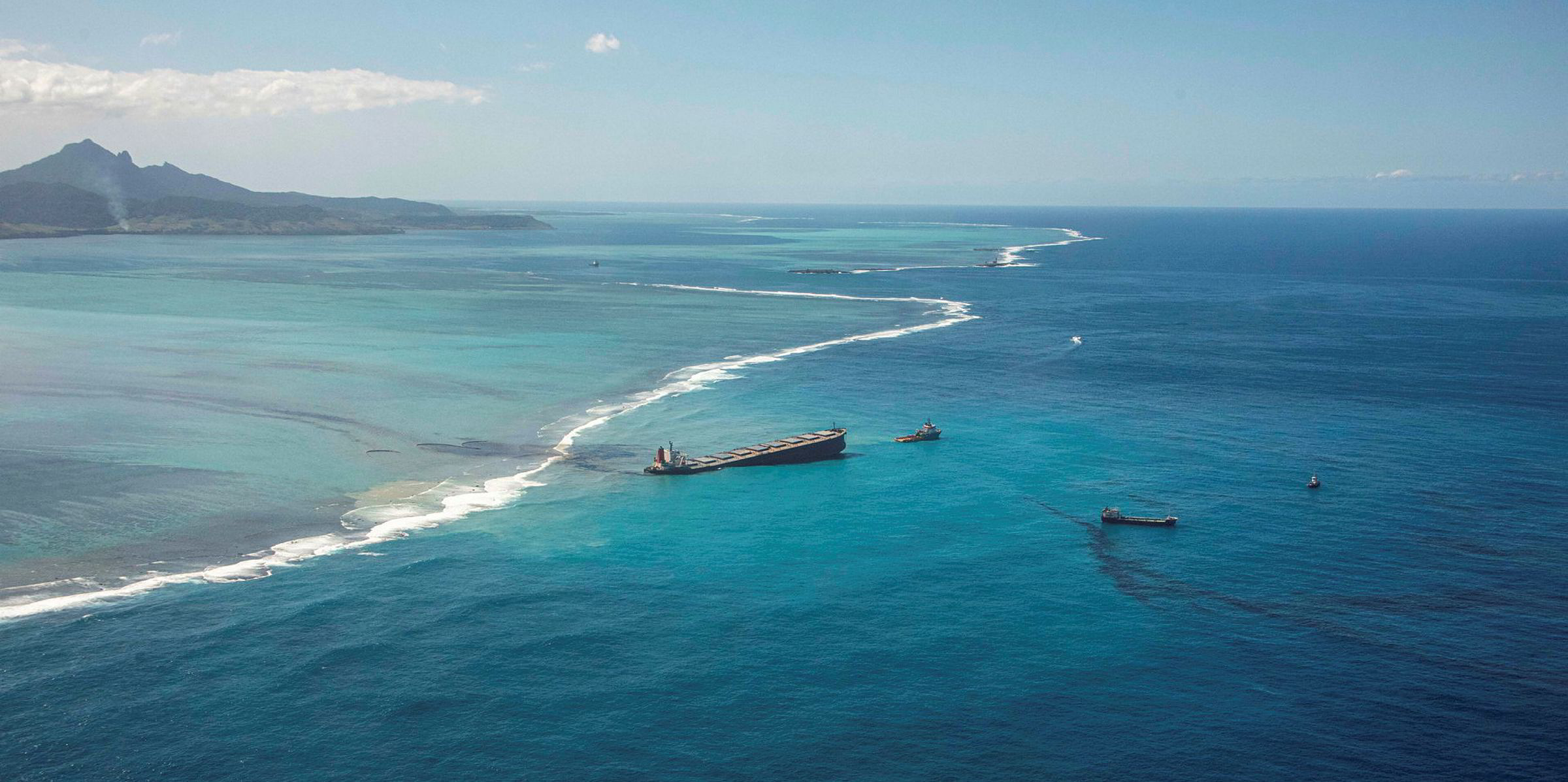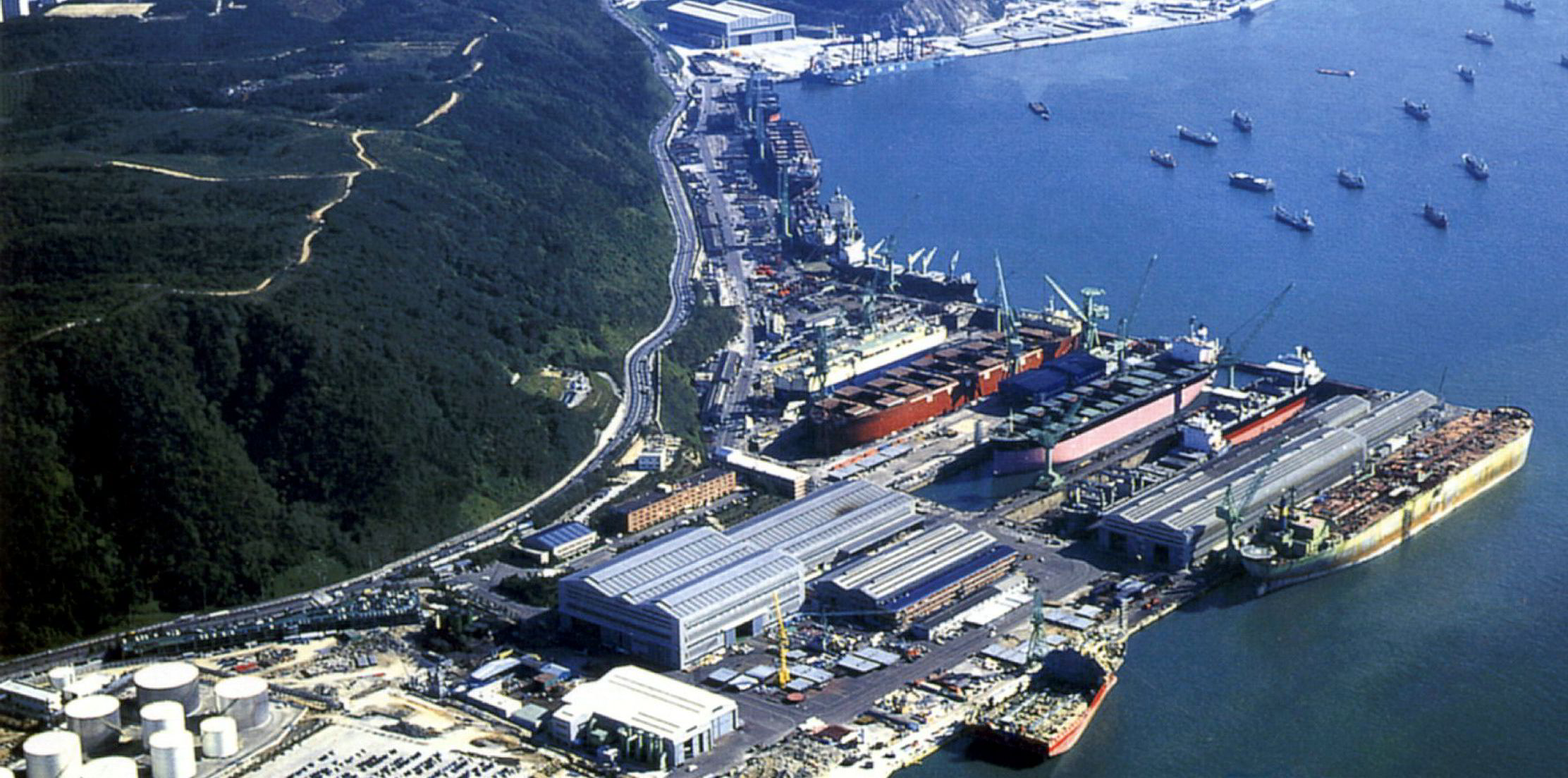Teekay Tankers is looking forward with optimism after cutting debt and break-even levels following three strong quarters for rates.
The New York-listed shipowner said it had arranged a new three-year, $67m term loan this month to refinance an existing facility secured by four suezmax tankers.
This was due to mature in 2021, with $85m outstanding. The company now has no debt expiring until 2023.
The new facility is priced at Libor plus 225 basis points.
Net profit in the second quarter was $98.2m, compared to a loss of $14.3m in the same period of 2019.
Revenue grew to $246.49m from $207m, with first half profit jumping to $205m, versus a loss of $1.86m the year before.
Lower average spot tanker rates meant the company did not equal a strong first quarter result.
Debt reduced
CEO Kevin Mackay said sales of non-core ships and businesses meant it could cut debt by more than $180m to $549m in the period. Liquidity stood at $468m at June 30.
"Over the past year, we have transformed our balance sheet, reducing our net debt by approximately $445m, or 45%, and increasing our liquidity by $348m," Mackay said.
Fearnley Securities said Ebitda of $120m was just short of its estimate of $126m and consensus of $128m.
But it added: "Cash flow from operations of $166m was well ahead of expectations. TNK continues its impressive deleveraging story."
Bookings for the third quarter show suezmax spot rates of $24,800 per day for 57% of days and figures for the aframaxes/LR2s of $15,200 per day - 47% of days.
"In our view this is on the low side, having expected bookings on par with International Seaways of around $30,000 per day for suezmaxes and high teens for aframaxes/LR2s," Fearnley said.
Crew changes carried out
Mackay added: "The unprecedented impact of Covid-19 continues to be a major area of focus for us, but we have thus far successfully navigated the evolving logistical and regulatory challenges with minimal impact on our operations."
Mackay said the company had managed to carry out a number of crew changes on all its ships, but some crew still need to be brought back home.
"We experienced our third straight quarter of strong spot tanker rates and earnings; however, spot tanker rates have come under pressure since mid-May 2020 as a result of the unwinding of floating storage and record OPEC+ production cuts, in addition to lower non-OPEC production, which reduced crude exports," he added.
Outlook uncertain
The company sees the near-term outlook as uncertain, but has significantly reduced breakeven levels to $12,700 day to mid-2021, as well as spot exposure by locking in 23% of the tanker fleet on fixed-rate contracts at what it called "attractive" levels.
"We are encouraged by fleet supply fundamentals which are markedly more favourable relative to prior market cycles," Mackay said.
According to the International Energy Agency, global oil production of 86.9m barrels per day during June was the lowest in approximately nine years, which has weighed on tanker demand from May 2020 onwards.
Floating storage has come off from the record highs seen in May 2020 to around 250 ships, or 38m dwt, storing 240m barrels of oil as of end-July.
"Taken together, a reduction in trade volumes, coupled with ships returning from floating storage, has put pressure on crude tanker spot rates during the latter part of the second quarter of 2020, and this weakness has continued into the early part of the third quarter of 2020," Teekay said.
Looking ahead to the second half of the year, global oil production is expected to increase as both OPEC and non-OPEC countries are likely to raise oil supply to the market.
Demand to increase
"Although a portion of this additional supply may be sourced from oil being pulled out of inventory – both onshore and offshore – we should nevertheless anticipate an increase in crude tanker demand during the second half of the year," Teekay said.
"However, this may be offset by ships returning to the trading fleet from floating storage and, therefore, the relative balance between recovering tanker demand and increasing fleet supply will determine crude tanker spot rates."
The company is expecting a relatively weaker crude tanker market during the second half of 2020, especially compared to the strong first half of 2020.
But it added: "We remain encouraged by supportive fleet supply fundamentals, with the tanker orderbook currently at a 24-year low when measured as a percentage of the existing fleet.
"We are yet to see any meaningful tanker scrapping this year, but a period of lower rates could lead to higher levels of removals over the coming months, which would help limit fleet supply growth.
And it said: "New tanker ordering remains extremely low, and will likely remain so in the near future. Overall, we expect low levels of tanker fleet growth for at least the next two years."
The company has 52 tankers in total.







